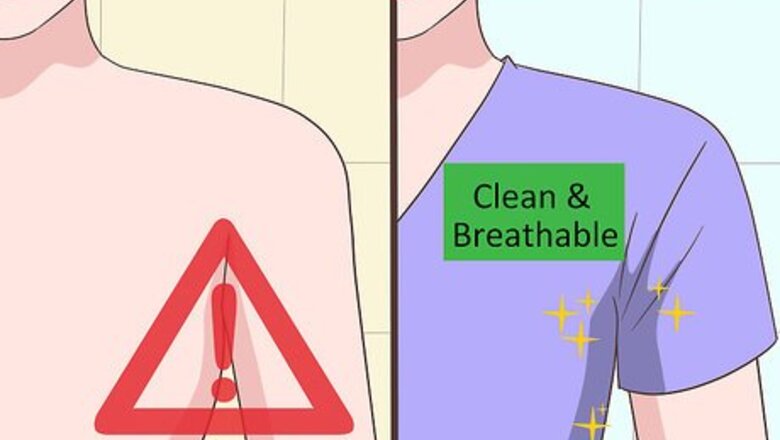
views
X
Trustworthy Source
Cleveland Clinic
Educational website from one of the world's leading hospitals
Go to source
They typically occur in areas of the body where there is some sort of friction against the skin, including the neck, groin, armpit, or eyelids.[2]
X
Trustworthy Source
Cleveland Clinic
Educational website from one of the world's leading hospitals
Go to source
You cannot prevent them completely, as they just tend to show up with age and their underlying cause is unknown.[3]
X
Research source
However, you can learn about some risk factors that might make them more likely and take steps to minimize the chance of them appearing.
Lifestyle Changes
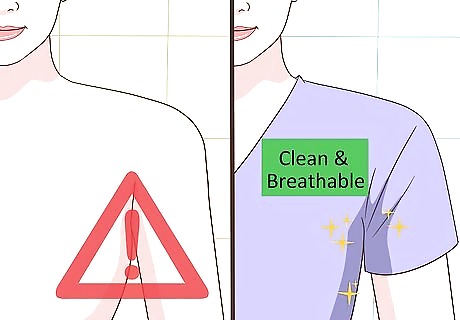
Minimize the amount of rubbing on your skin. While the exact cause of skin tags is unknown, they do tend to develop in areas where skin rubs against itself. To minimize this rubbing, wear clean and breathable clothing that cushions areas that rub, such as in the groin and in the armpits. Creating a barrier between layers of skin will minimize the amount of rubbing the skin experiences. However, there are some areas, such as the outside of the eyelids, where you just cannot minimize the friction on your skin.
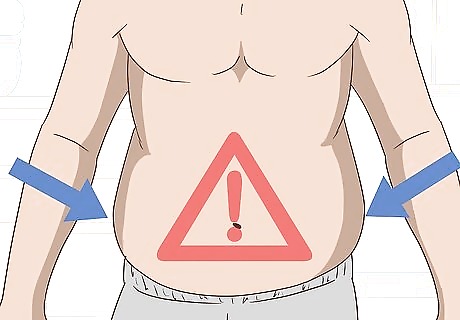
Lose excess weight to reduce skin folds. People who are carrying excess weight are more likely to get skin tags. This may be because they have more skin folds that create more areas of friction on the skin. If you are worried about getting skin tags, you can try to reduce your weight so that skin tags in skin folds don't occur. There are a variety of ways to lose weight. Many people have success by following a healthy diet and increasing the amount of exercise they do. There are a wide variety of weight loss plans. If you are overwhelmed by all of the conflicting information out there, talk to your doctor about what type of diet plan might work well for you.

Prevent diabetes. If you have diabetes, you have a higher chance of getting skin tags due to the increased insulin in your blood. To minimize this risk, do your best to avoid developing that condition. Good ways to prevent diabetes include eating a healthy diet and getting regular exercise, among other things. If your doctor has told you that you are pre-diabetic, it is important that you take steps to avoid developing the full-blown condition. This includes changing your diet and certain aspects of your lifestyle, including increasing the amount of exercise you do.
Risk Factors

Expect more skin tags as you age. As your skin gets older, it is more and more prone to developing skin tags in areas that experience a lot of friction. This is a natural occurrence and will have no impact on your overall skin health. However, once women reach age 50 their chance of developing skin tags begins to fall.

Be on the lookout for more skin tags if you are pregnant. Pregnancy can change the shape of your body and will create more areas of skin rubbing against skin. This combined with changes to your hormone levels can lead to skin tags. Once your pregnancy is over, your skin tags will not disappear. They can only be removed by cutting them off.
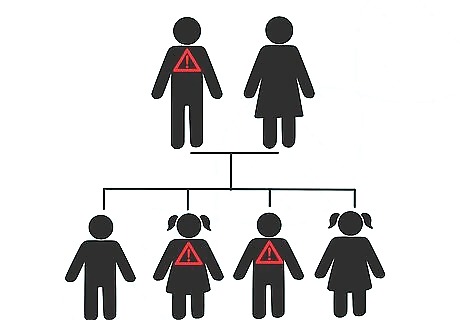
Research whether others in your family have had skin tags. There is some evidence that getting skin tags can be inherited from your parents. If you want to know if you are likely to get skin tags in the future, ask your parents or other relatives if they have skin tags. If they do, you will know that you are likely to get them. Just because your relatives have skin tags is doesn't mean that you will get them. It just means that you are more likely to get them than if your family members do not have them.
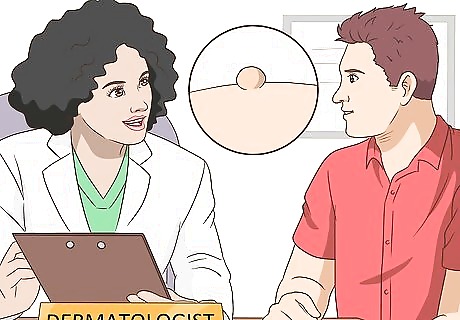
Discuss skin tags with a dermatologist. If you are concerned about skin tags, you should talk to a dermatologist about them. A dermatologist can tell you all about the most up to date treatments and prevention ideas.
Identification, Treatment, and Removal
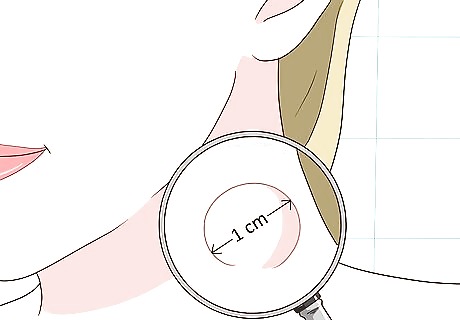
Look for a small growth on your skin. Skin tags are simply abnormal growths of your skin that tend to be the same color as your skin. They are usually very small but can be as large as 1 centimetre (0.39 in) in diameter in some cases. If a skin tag gets irritated, such as if clothing rubs on it repeatedly, it can turn pink or red.

Assess whether the growth is painful or not. Skin tags are typically not painful unless they have been rubbed or irritated in some way. Most commonly this is done when a piece of jewelry or clothing rubs against them repeatedly. However, a growth that is painful can signal some other type of growth, such as a cyst or a small skin cancer. Because of this you should have painful growths looked at by a doctor. If you have a growth that is painful, bleeding, draining, or rough, have it looked at by your primary care physician or by a dermatologist. Either type of doctor can usually determine whether the growth is a skin tag or not. If it's determined that the growth is not a skin tag, you will likely be referred to a dermatologist to find out what the growth is, why it is painful, and what treatments can be done to eliminate the pain.
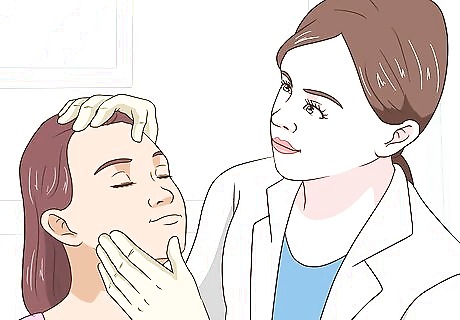
Have all skin abnormalities looked at by a doctor. While skin tags are benign and harmless, it is a good idea to have changes to your skin looked at by your doctor or by a dermatologist. When you have your yearly routine exam, tell your doctor about any changes in your skin so that they can evaluate them. They will be able to tell you definitively whether or not a growth on your skin is a skin tag and whether you need to have them treated. If your doctor cannot diagnose a skin tag just by looking at it, they may have a biopsy done on it. This entails removing the skin tag and having the cells in it looked at under a microscope.
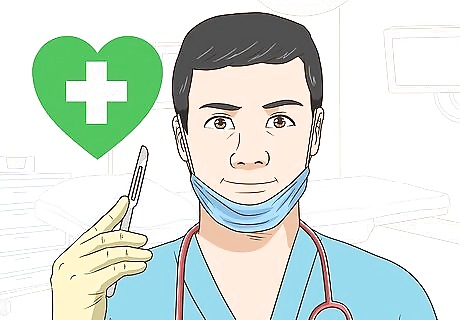
Have skin tags removed if you like. Just because a skin tag is harmless doesn't mean that you want it on your body. Talk to your doctor about having a skin tag removed if it is irritated and causing you pain, or if you don't like the look of it on your skin. Skin tags can be removed with an incision or by freezing them off with liquid nitrogen. It is more likely that the removal procedure will be covered by medical insurance if it is causing your pain and discomfort than if you simply don't like it cosmetically.




















Comments
0 comment